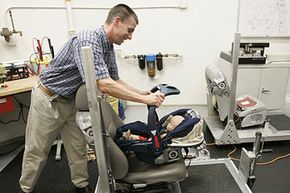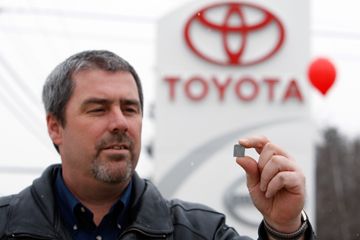Most large automakers have their own research and development departments. These R&D wings -- such as the Toyota Technical Center (TTC), Ford's Scientific Research Laboratory, and Volvo Technology -- specialize in discovering the future of automotive design, including ways to build safer cars, more attractive cars, cars that produce less pollution, and cars that run on something other than the fossil fuels that are now the standard. This includes R&D on alternative fuel technologies, state-of-the-art safety technologies and new ways of driving cars.
But transportation is such an important field that automotive research can't just be left to the automobile manufacturers. Universities, private firms, even the U.S. government have organizations devoted to studying how automobiles function, the direction in which automobile transportation is headed, the ways that automobiles affect the world around us, and methods for making cars safer and less polluting. These independent research organizations can do research that might not be possible at the carmakers themselves because the result might not be what the auto manufacturer wants to hear. And even when they produce results that the manufacturers would like to hear, those results might be perceived as biased by the public if they came from, say, Nissan or General Motors.
Advertisement
Independent automotive research generally falls into two areas: market research, which can determine what the public wants in a car and what direction automakers should be moving in, and technological/scientific research, which determines what technologies will be available in the future and how cars affect society as a whole. The latter kind of research might concern automotive safety or the effect of internal combustion engines on the environment. The results of this kind of research show automakers what can be done in the future and can even prod them into doing it.
Of course, not all of these independent research firms are truly independent. Many are funded at least in part by the automobile manufacturers themselves. However, they are independent inasmuch as a large portion of their funding comes not from the carmakers but from universities, the government and private organizations. How do automakers use this research? We'll look at some of the ways over the next few pages.
Advertisement





